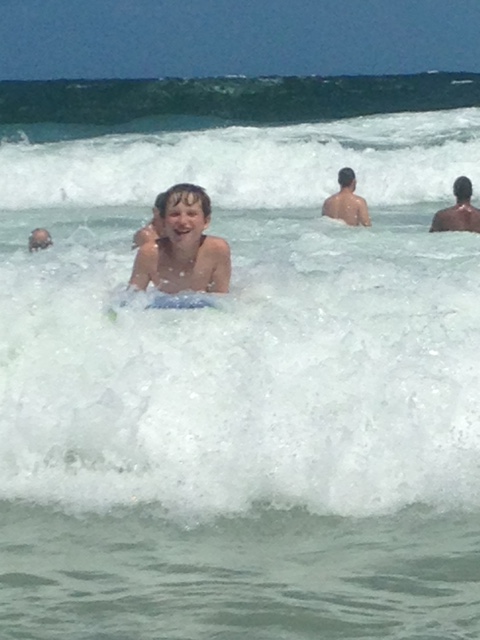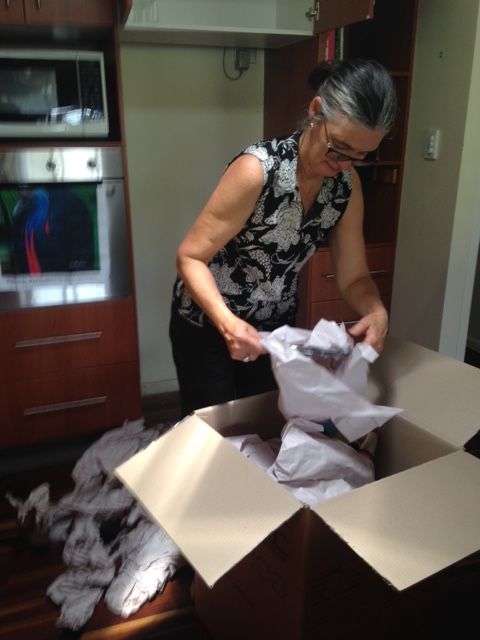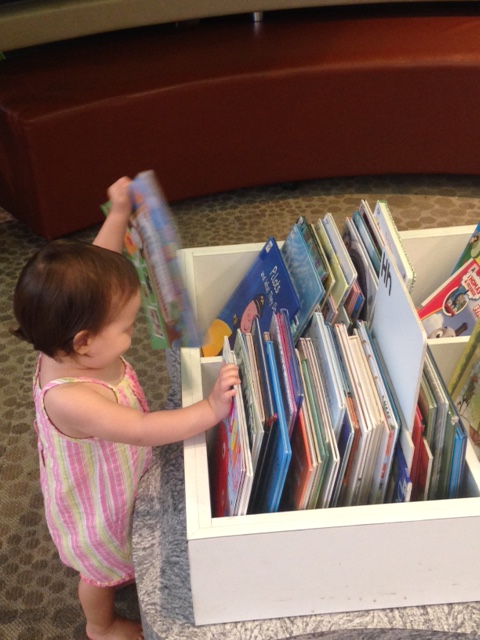Menu
I am reminded of this commonly used phrase when worries come. Those times and events in our life , especially over the long summer school holiday when anxiety can strike at any family or child. What if I run out of cash over Christmas? What if I lose it with the kids being home all day? What if I can’t cope with my new school friends? What if I eat too much?
Ultimately, some “what ifs” take over a child’s life. What if I can’t be on the team? What if I forget my lines in the play? What if I cannot surf, won’t that be embarrassing? In fact the last one occurred at King’s Beach Caloundra when the grand kids were hesitant to ride a wave or be dumped.

With some practice and enthusiasm, it seems that those worries vanished in favour of the fun and thrill of trying to surf with a new boogie board.
I know recently my daughter’s big move into the suburbs of Brisbane meant some stress and anxiety for everyone. Yet most of the “what ifs” were dealt with – patiently and with thankfulness. What if the removalist truck doesn’t come at 10.00 as they promised? What if the new furniture doesn’t arrive? What if the stove doesn’t work? What if we can’t access the internet before we go away?
As I was surrounded by boxes, paper, books, toys and anything that fits into a box, I also got caught up with my own level of quiet anxiety. What if I over do it – you know the aches and pains of lifting children, boxes and furniture? I had my fair share of this during the week of happy chaos, yet together we accomplished so many good things. An empty house transformed into a homely, comfortable abode.


Our bodies tell us how we are feeling. Does the jaw tighten, shoulders tense up?
Children also should pay attention to their bodies when they are feeling stressed. They often stop noticing things because they are too wound up. Like my grand daughter whose stone broke in her little ring. The silver glass stone hit the floor and broke into many small pieces, resulting in panicky tears and sobbing. I tried to reassure her we could replace it with another stone. That’s when my lovely daughter came in to rescue the situation and redirected the “what ifs” to the “what is” situation. In her gentle voice, Rachael said to Audrey that the ring looked rather beautiful without the stone. It was a silver wiry, artistic type. She could look forward to finding something to put inside it. After a few minutes I noticed that Audrey’s face and body started to relax even with the tears and she was redirected to another distraction.
This idea is referred to in Lawrence J Cohen’s book called The Opposite of Worry where the author suggests teaching children to change their thoughts from what if to what is.
Children can notice how their bodies tighten and become rigid.
The second way Cohen says is to reframe what if to I look forward to. For example, your child may say, “What if my face turns red while I am giving my speech?” Teach him to reframe this and say, “I look forward to getting through this speech.”
Reframing teaches children how to shift present thinking from the negative to the positive. The negative thinking increases stress hormones, giving your child’s body the impression that what he is thinking is actually happening, reframing it in a positive way reduces stress hormones, allowing the body to relax.

Some hours later I took my littlest grand daughter down to the library where we enjoyed the pleasure of reading together. In the air conditioning, away from the steamy heat of January, we sat on the soft chairs and giggled at the roaring lions, and silly geese. I guess it’s good to be mindful of staying calm, resilient and secure.
1 Comment
Nice read Margaret. Love your positivity.